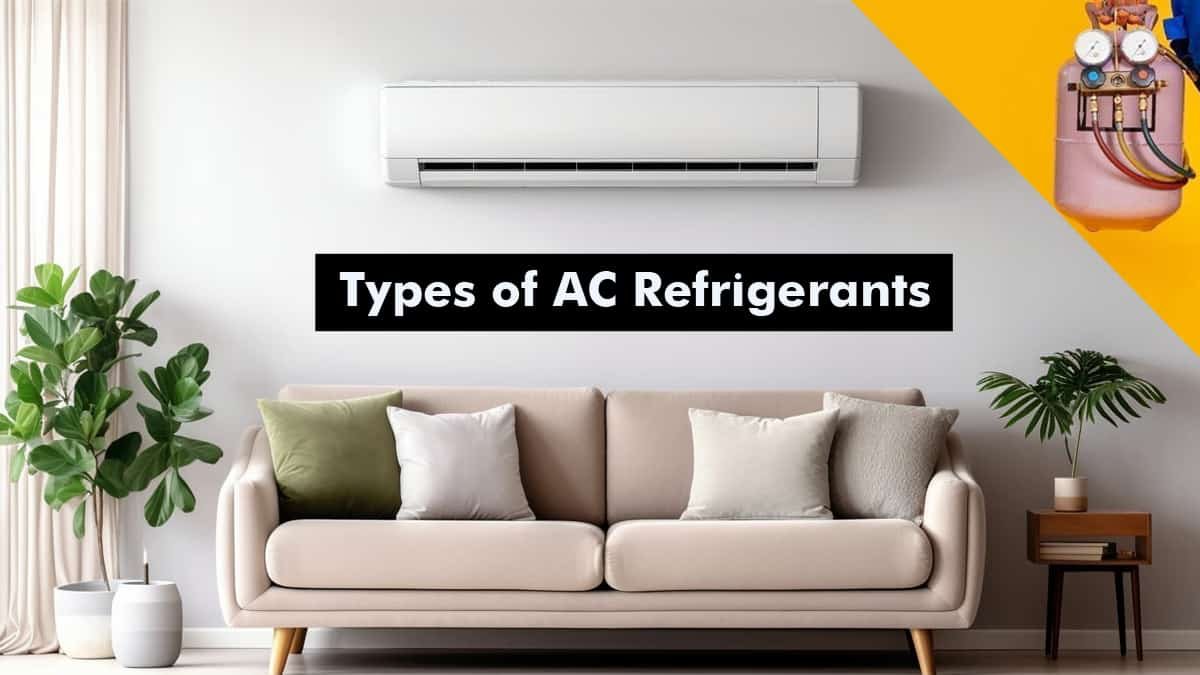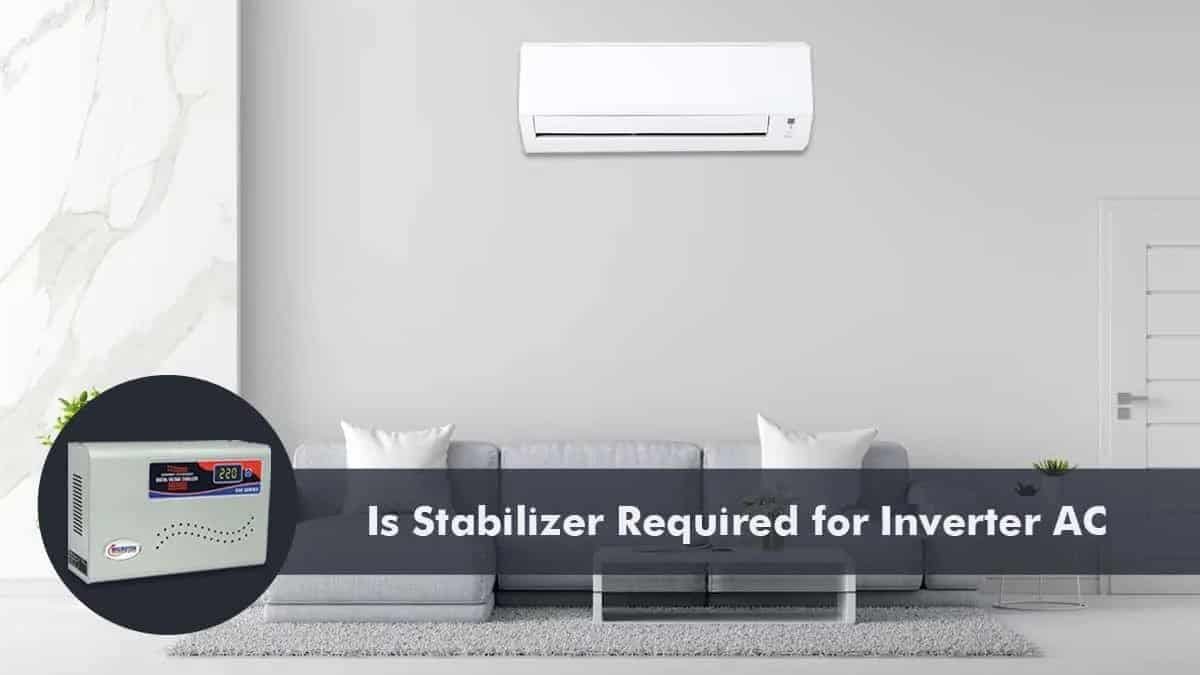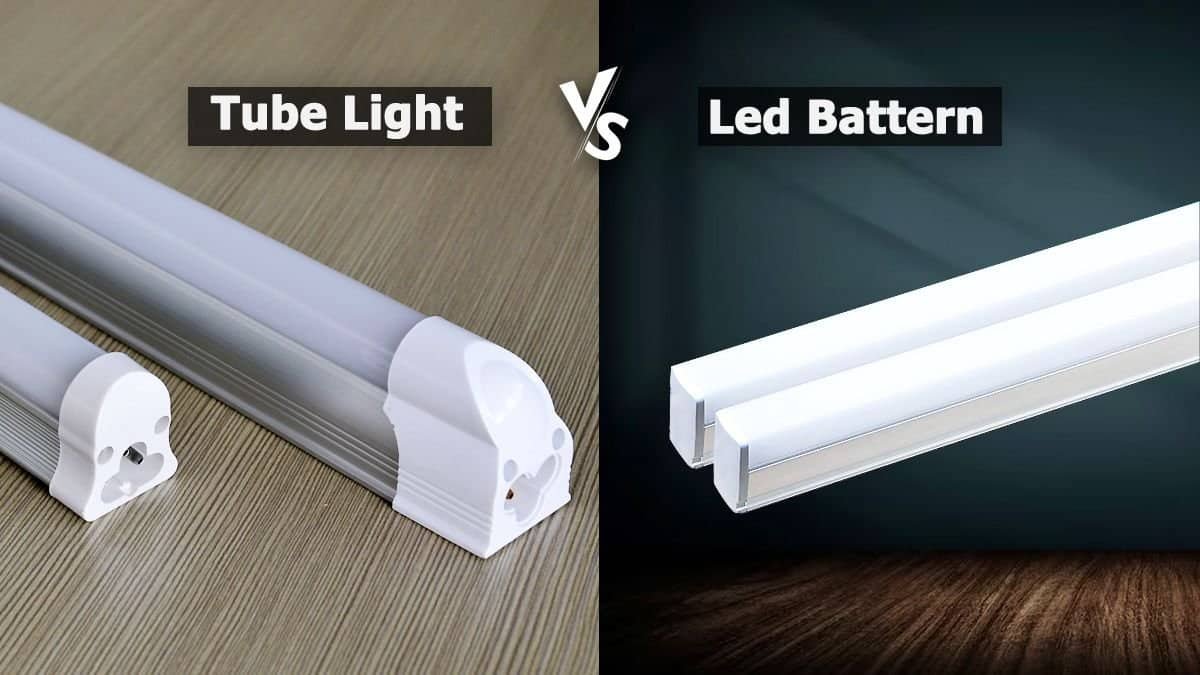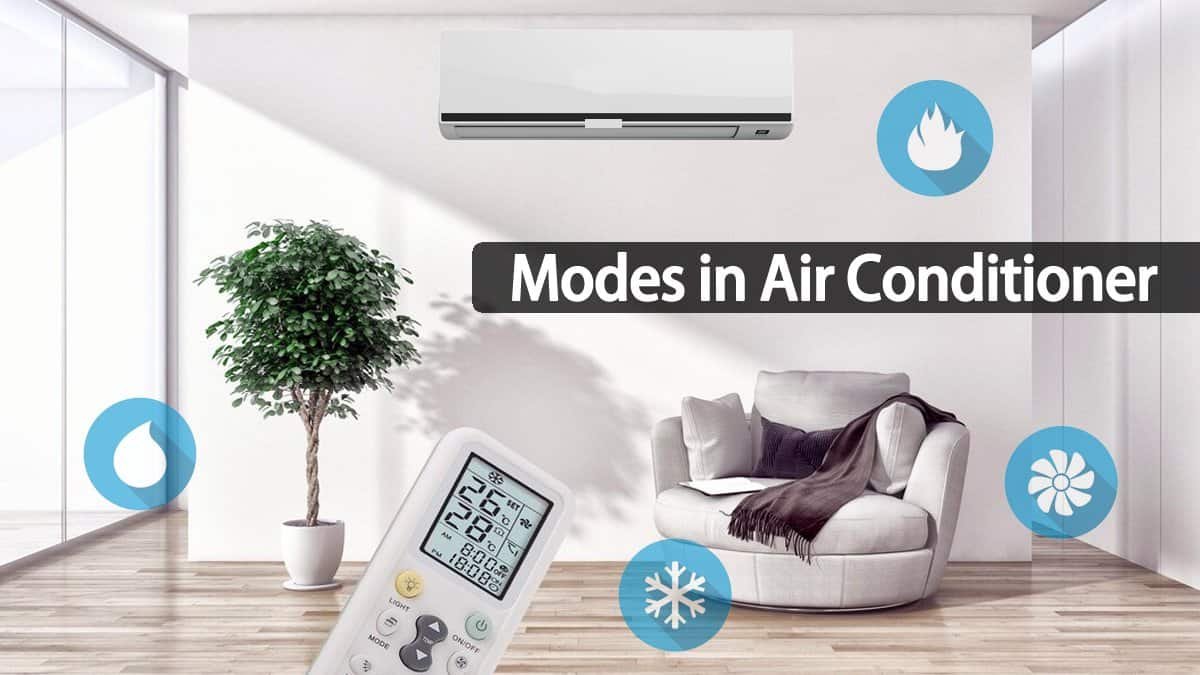To ensure we stay comfortable in our homes and workplaces during the hot Indian summer months, air conditioning systems have become indispensable. These systems rely on refrigerants—also referred to as coolants or gases—to cool the air. Given their vital role in maintaining our comfort, understanding these types of AC refrigerants is essential.
The environmental impact of refrigerants should not be overlooked either. Some types of refrigerants, such as chlorofluorocarbons (CFCs), deplete the ozone layer. While manufacturers have started to adopt more environmentally friendly alternatives, consumers should remain vigilant about the types of refrigerants used in their systems.
This post will explore the various types of AC refrigerants used in the Indian air conditioning market. We will also discuss their environmental effects and emphasise the importance of making informed decisions when it comes to maintaining and upgrading cooling systems.
Table of Contents
What is a Refrigerant?
Refrigerants are the unsung heroes of our cooling systems, tirelessly working to maintain a comfortable temperature in Indian homes and workplaces, even during the most scorching days.
A refrigerant is a specialised fluid designed to play a crucial role in air conditioning. Its primary function is to absorb heat from indoors and release it outside, effectively cooling the space.
What makes different types of AC refrigerants remarkable is their ability to change phases—from liquid to gas and back again. This phase transition allows them to absorb and compress heat when they’re in their gaseous state, making it easier to deliver the cool, refreshing air we crave.
Choosing the right refrigerant involves considering several factors, such as its thermodynamic properties, non-corrosiveness, and safety features, including toxicity and flammability.
The history of refrigerants is a fascinating journey. Chlorofluorocarbons (CFCs) were the go-to refrigerants during the 20th century. However, due to their detrimental impact on the ozone layer and mounting environmental concerns, they have been phased out.
In the 21st century, different types of AC refrigerants with low global warming potential, such as R-290 and R-1234yf, are expected to become more prominent in the cooling industry, driven by stricter regulations and a growing focus on sustainability.
New and Old ACRefrigerants

Chlorofluorocarbons (CFCs) and Hydrochlorofluorocarbons (HCFCs)
Chlorofluorocarbons, sometimes CFCs or Freon, were the preferred refrigerants in the not-too-distant past. However, the negative effects CFCs had on the environment drew attention to them. These substances included chlorine with a high ozone-depleting potential (ODP).
As a result of the extensive usage of CFCs, the ozone layer that shields the Earth’s surface gradually weakens, increasing the amount of dangerous ultraviolet (UV) radiation that reaches the surface.
To address this rising environmental threat, a switch to hydrochlorofluorocarbons (HCFCs) was made at the start of the twenty-first century. Even though they are not completely safe, HCFCs are a step up from CFCs. HCFCs also include chlorine in smaller amounts, which lessens their impact on the ozone layer.
R-22 is one of the most common HCFCs. It was used a lot in the air conditioning business until 2016.
Knowing how important it is to leave as little of an impact on the Earth as possible, governments worldwide, including the Indian government, have taken action. There is a plan in India to stop using HCFC refrigerants by 2030.
This change shows that people are serious about protecting the environment and reducing the damaging effects of refrigerants. It is an important step toward making cooling systems that last longer.
Hydrofluorocarbons (HFCs)
A big step forward in the development of refrigerants, hydrofluorocarbons (HFCs) were created to overcome the environmental issues with their predecessors. HFCs, like R-410A, are more environmentally benign because they don’t contain chlorine like their predecessors. This change signalled an important milestone in preserving the ozone layer and highlighted another issue: the GWP (Global Warming Potential) of HFCs.
Although HFCs protect the ozone layer better than HCFCs, they have a sizable GWP and contribute to global warming. To remedy this, producers have created more modern HFCs, including R-32, which has a lower GWP and is, hence, a better cooling system option.
With governments, including India, actively discussing ways to phase out HFCs in the upcoming years, the industry’s acknowledgement of the necessity to strike a balance between cooling requirements and environmental protection is apparent in this continuing transformation.
Thanks to this united effort, the air conditioning industry is moving toward a greener and more sustainable future.
Hydrocarbons (HCs)
In the Indian air conditioning market, hydrocarbons, particularly R-290 (propane) and R-600A (iso-butane), have emerged as environmental heroes. Due to their remarkable eco-friendly qualities, these refrigerants generate much attention.
In addition to being ozone-friendly, they are also free of halogens, which have been a major issue with previous refrigerants. Their astoundingly low Global Warming Potential (GWP), however, sets them apart and makes them a top choice for people who prioritise climate change mitigation.
In addition to providing efficient cooling solutions, hydrocarbons are actively lowering their negative effects on the environment.
There is one big caution when using hydrocarbons: they are quite combustible. However, the lack of recent accident reports in commercial use and the manufacturers’ strict safety standards further bolster their safety.
Hydrocarbons are seen as a safe and responsible option for both customers and the environment as technology and safety standards advance. Hydrocarbons are positioned to be crucial in delivering sustainable and effective cooling solutions, preserving our unique planet for future generations. This is due to increased environmental consciousness among consumers and industrial improvements.
Emerging Refrigerants
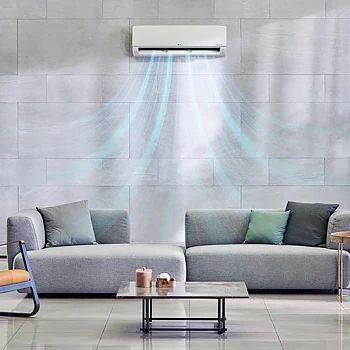
Our focus has switched to natural refrigerants and those with a low Global Warming Potential (GWP) as our worldwide community works to create a more ecologically conscious world.
Low GWP refrigerants, as their name suggests, are purposefully made to reduce their impact on global warming, which makes them an essential component in the industry’s transition toward sustainability.
Additionally, natural refrigerants like ammonia and carbon dioxide are becoming popular because of their eco-friendliness. Their use marks a return to cooling techniques with a long history of dependability that was inspired by nature.
We’ve handpicked five top-notch air conditioners that are not only efficient but also offer a range of features to keep you comfortable. Trust us, these units are your best bet for beating the heat in style this season.
Lloyd 1.5 Ton 4 Star Fixed Speed Window AC (Copper, 2023 Model, White with Golden Deco Strip, GLW18C4YWGEW)

Panasonic 1.5 Ton 3 Star Wi-Fi Inverter Smart Split AC (Copper Condenser, 7 in 1 Convertible with additional AI Mode, PM 0.1 Air Purification Filter, CS/CU-SU18YKYWT,2023 Model, White)

LG 1 Ton 4 Star AI DUAL Inverter Split AC (Copper, AI Convertible 6-in-1 Cooling, HD Filter with Anti Virus Protection, 2023 Model, RS-Q13JNYE, White)

Panasonic 1.5 Ton 5 Star Wi-Fi Inverter Smart Split AC (Copper Condenser, 7 in 1 Convertible with additional AI Mode, 4 Way Swing, PM 0.1 Air Purification Filter, CS/CU-NU18YKY5W,2023 Model, White)

Daikin 0.8 Ton 3 Star, Fixed Speed Split AC (Copper, PM 2.5 Filter, 2022 Model, FTL28U, White)

Also Read
- Know the Difference Between 3 Star and 5 Star AC
- How Do Window AC Vs Split AC Differ In Power Consumption?
- Comparing Windows AC Vs Split AC: How to Choose the Right One for Your Home?
Conclusion
Choosing the right air conditioning refrigerant is a critical decision with significant environmental implications. Our experience with various refrigerants underscores the need to strike a balance between performance and environmental responsibility.
Our shift away from damaging CFCs towards HFCs, hydrocarbons, and emerging low-GWP and natural refrigerants demonstrates our dedication to environmental stewardship.
Ongoing research in refrigerant technology promises more sustainable cooling solutions for the future. Innovation in this field is paving the way for a brighter, cooler, and more eco-friendly tomorrow. It’s important to remember that the choices we make today will define the air conditioning landscape of the future, urging us to minimise our environmental impact.
If you have any questions or need assistance in selecting an air conditioning refrigerant, please feel free to contact us. We’re committed to ensuring efficient and environmentally friendly cooling systems in the years to come.
FAQs
What are the environmental concerns related to refrigerants?
Many traditional refrigerants, like CFCs and HCFCs, have been linked to ozone-layer depletion and global warming due to their harmful properties. This has led to a shift towards more eco-friendly alternatives.
How can I choose the right refrigerant for my air conditioner?
The refrigerant choice depends on various factors, including environmental impact, safety, and efficiency. It’s best to consult with a professional or manufacturer for recommendations.
What are low GWP and natural refrigerants?
Low GWP (Global Warming Potential) refrigerants have a minimal impact on global warming. Natural refrigerants, like ammonia and carbon dioxide, are eco-friendly alternatives derived from nature.
Are there eco-friendly refrigerant options?
Yes, some refrigerants like R-290 and R-1234yf have low GWP and are considered more environmentally friendly.
How do I know which type of refrigerant is in my AC?
The type of refrigerant should be clearly labelled on the air conditioning unit. If not, consult the user manual or contact the manufacturer for this information.
Is it legal to use older, ozone-depleting refrigerants?
Many countries have phased out or are in the process of phasing out ozone-depleting substances, including certain refrigerants. Check local regulations to ensure compliance.
